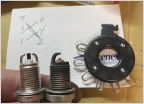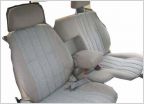-
Welcome to Tacoma World!
You are currently viewing as a guest! To get full-access, you need to register for a FREE account.
As a registered member, you’ll be able to:- Participate in all Tacoma discussion topics
- Communicate privately with other Tacoma owners from around the world
- Post your own photos in our Members Gallery
- Access all special features of the site
Motive Power Brake Bleeder
Discussion in '1st Gen. Tacomas (1995-2004)' started by goldentaco03, Sep 12, 2020.
Page 1 of 3
Page 1 of 3


 Ignition coils
Ignition coils 95.5 Tacoma xtra cab seat question
95.5 Tacoma xtra cab seat question 95-97 Satoshi Build
95-97 Satoshi Build

